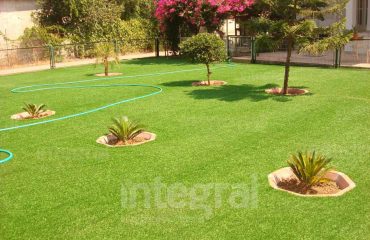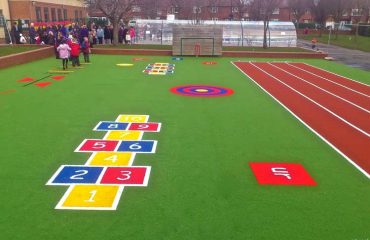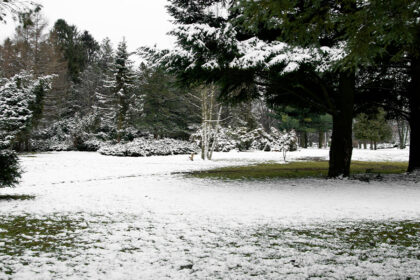
As the seasons change and winter approaches, many gardeners start to worry about their outdoor spaces. Maintaining a beautiful garden during the colder months can be challenging, but there’s a solution that can help: artificial grass. In this blog post, we’ll explore how artificial grass can transform your garden and make it winter-ready.
The Benefits of Artificial Grass in Winter
Artificial grass offers numerous advantages that can make your garden more resilient and appealing during the winter months. Unlike natural grass, which can become brown and patchy as temperatures drop, artificial turf remains lush and green throughout the season. This not only enhances the aesthetic appeal of your garden but also provides a functional outdoor space for winter activities.
Additionally, artificial grass is designed to withstand harsh weather conditions. It doesn’t require the same level of maintenance as natural grass, which means you won’t have to worry about mowing, watering, or fertilizing during the winter. With artificial grass, you can enjoy a low-maintenance garden that stays beautiful all year round.
Preparing Your Garden for Installation
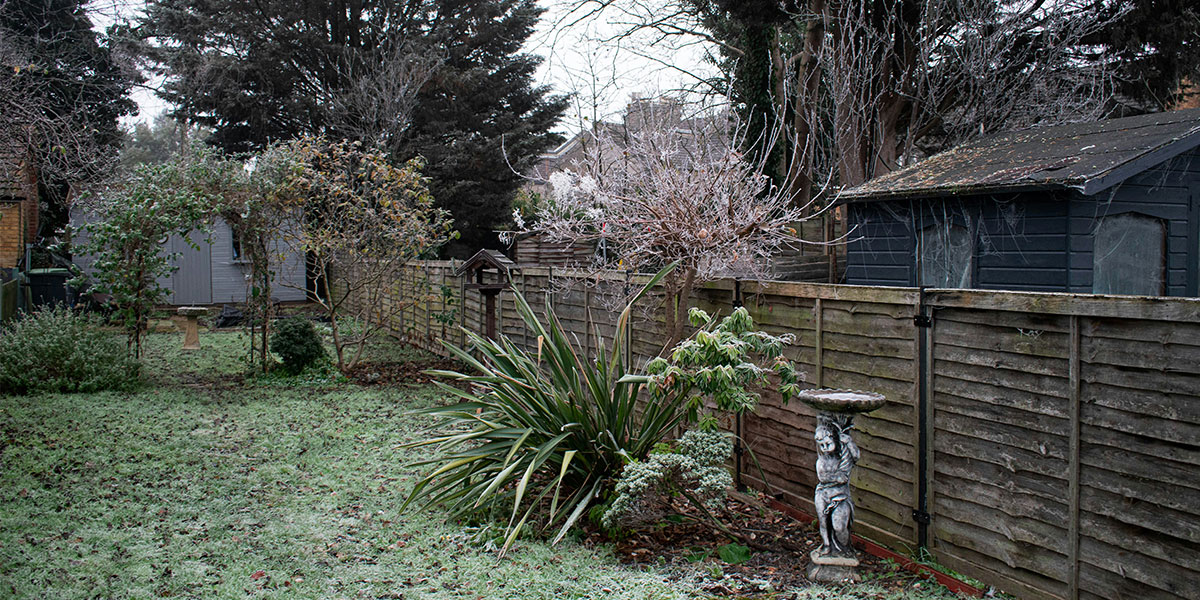
Before installing artificial grass, it’s essential to prepare your garden properly. This preparation ensures that your new turf will look its best and last for years. Here are some steps to consider:
Assess Your Space
Start by assessing the area where you plan to install the artificial grass. Clear the space of any debris, such as leaves, branches, and rocks. This will help create a clean slate for the installation. If you have existing grass or plants, consider removing them to ensure the turf lays flat.
Level the Ground
Next, you’ll need to level the ground. Uneven surfaces can lead to drainage issues and may cause your artificial grass to wear unevenly. Use a rake to smooth out the area, and if necessary, fill in any low spots with soil or sand to create an even surface. This step is crucial for preventing puddles and ensuring the longevity of your artificial grass.
Install a Base Layer
After leveling, you should install a base layer of crushed stone or gravel. This layer aids in drainage and provides stability for the artificial grass. Aim for a depth of about 2-3 inches, compacting it down to create a solid foundation. Proper drainage is vital, especially in winter when rain and melting snow can accumulate.
The Installation Process
Once your garden is prepared, it’s time to install your artificial grass. While some homeowners opt to do it themselves, hiring professionals can ensure a high-quality installation. Here’s what to expect during the installation process:
Laying the Turf
The first step in the installation process is to lay the artificial grass. Roll out the turf over the prepared area, ensuring that the edges fit snugly against any borders or features in your garden. If you’re using multiple pieces of turf, make sure to align the fibers in the same direction for a natural look.
Cutting and Securing
Next, you’ll need to cut the turf to fit your garden’s specific shape. Use a sharp utility knife for clean cuts. After cutting, secure the edges of the turf using stakes or adhesive, ensuring it stays in place. This step is essential to prevent movement during winter weather conditions, such as heavy snow or strong winds.
Filling the Turf
Once the turf is laid and secured, you may choose to fill it with infill material, such as sand or rubber granules. This helps the grass blades stand upright and adds weight to keep the turf in place. Filling the grass also improves its resilience and provides a more realistic feel underfoot.
Maintenance Tips for Winter
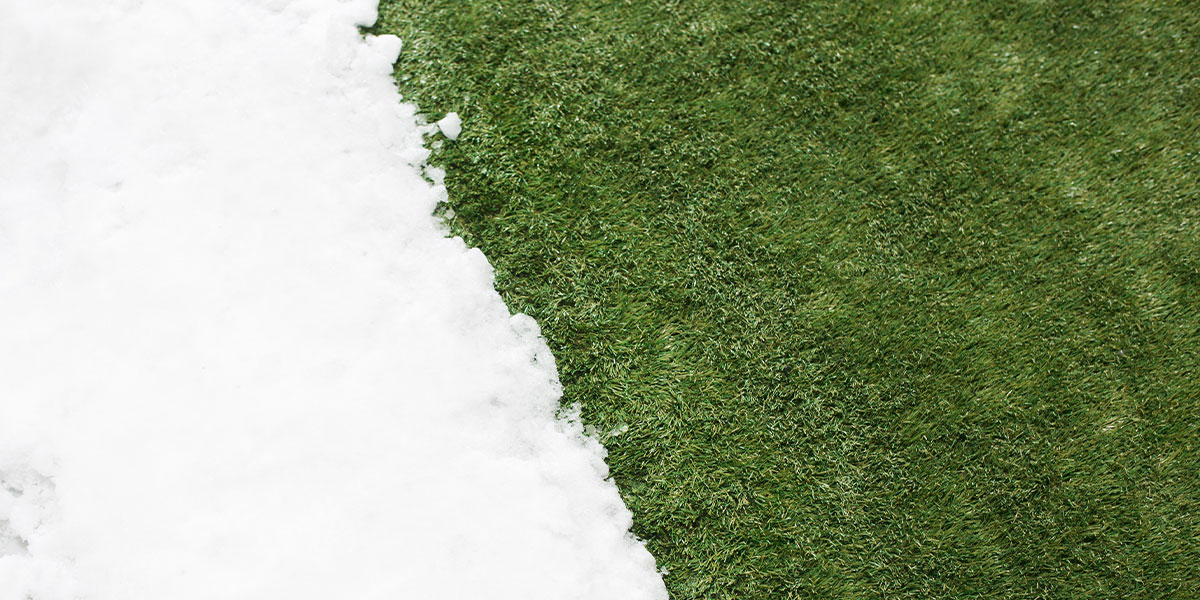
While artificial grass is low-maintenance, there are still a few steps you can take to keep it looking its best throughout the winter months:
Regular Cleaning
Make it a habit to regularly clear your artificial grass of debris, such as leaves and branches. This will prevent mold and mildew from developing during the wet winter months. You can use a leaf blower or a broom to easily remove any buildup.
Rinse with Water
If you notice any dirt or stains on your artificial grass, rinse it with water using a hose. This will help keep the fibers clean and vibrant. For tougher stains, a mild detergent can be used. Just be sure to rinse thoroughly afterward.
Avoid Heavy Objects
Be cautious with heavy objects, such as patio furniture or planters. If possible, elevate them to prevent indentations in the turf. Additionally, avoid using shovels or sharp tools that can damage the grass during snow removal. Instead, use a plastic shovel to gently clear any snow accumulation.
Check for Drainage
Lastly, regularly check the drainage around your artificial grass. Ensure that water is flowing away from the turf and not pooling in any areas. Proper drainage will help prevent any potential damage during winter.
Preparing your garden for winter doesn’t have to be a daunting task. By installing artificial grass, you can create a beautiful, low-maintenance outdoor space that stays green and vibrant all winter long. Follow the steps outlined in this blog post to ensure a successful installation and maintain your artificial turf throughout the colder months. With a little care, your garden can be a welcoming retreat, even when the temperatures drop. Enjoy the beauty of a winter-ready garden with artificial grass!

